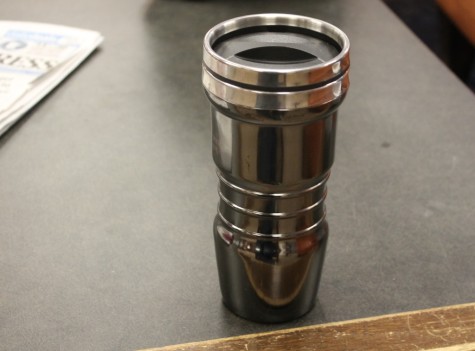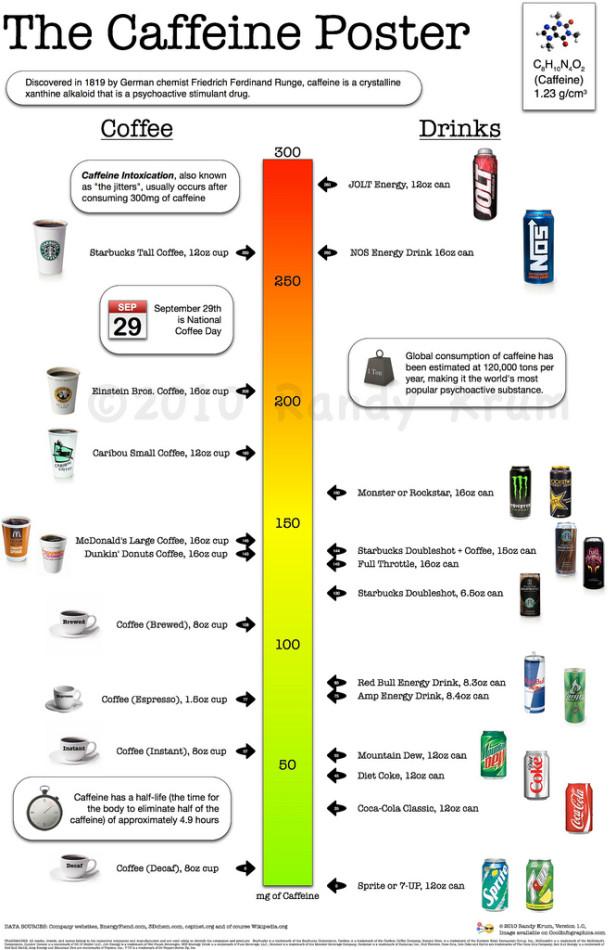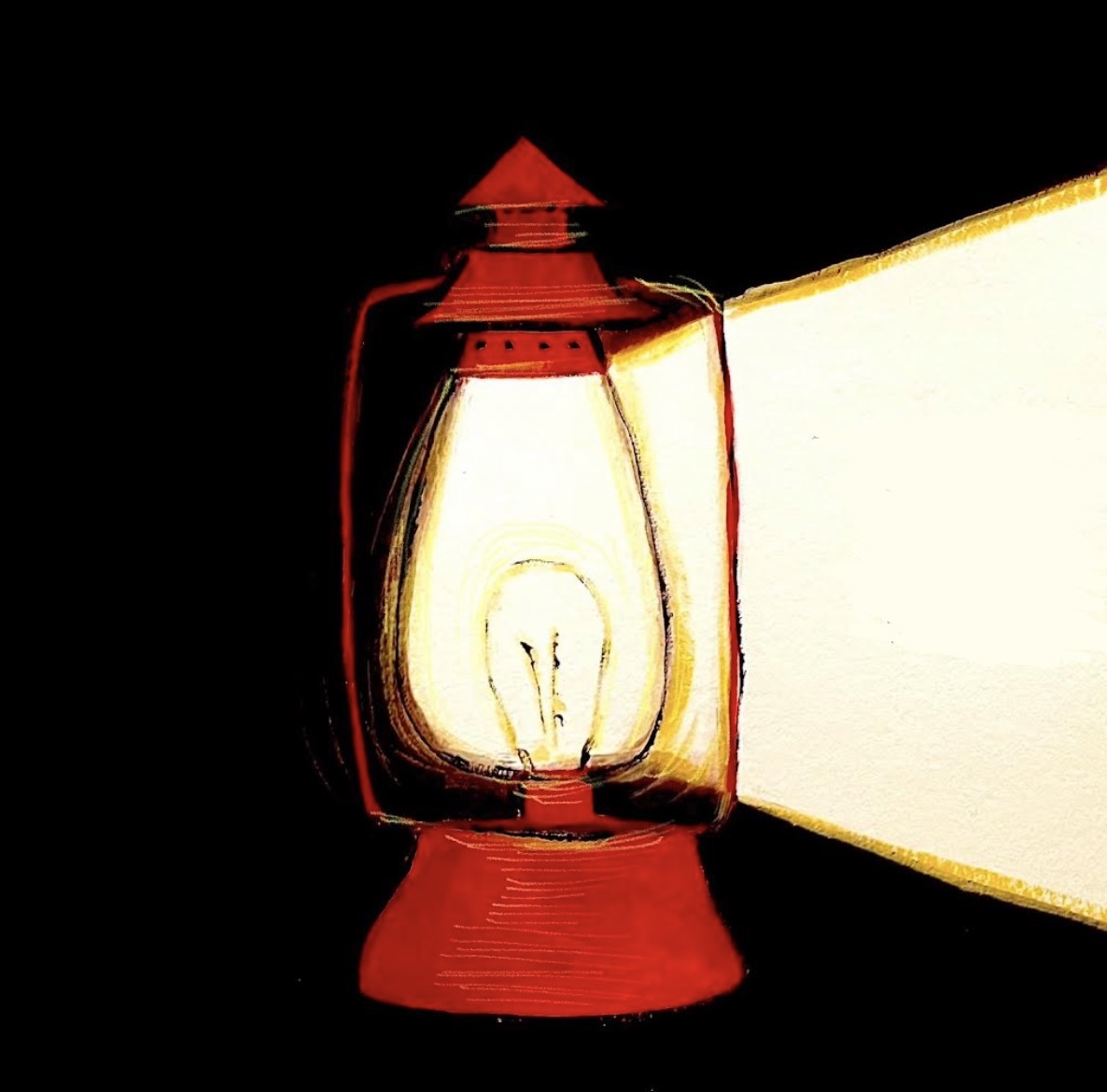The Caffeine Buzz
Lantern conducts caffeine study at CFHS
Many students wake up at the crack of dawn, groggy, on a lack of sleep even after repeatedly smacking the snooze button. What is step one in these early morning routines? Whipping up a cup of coffee to power-house our mornings. Sleep deprived? There’s caffeine for that. This jitter-inducing drug isn’t only present in coffee, but also energy drinks, soft drinks, tea, supplements, and other various sources. Caffeine consumption is soaring with the younger population as an additive in products that appeal to them. It’s no wonder these caffeine-composed products appeal to the stereotypical sleep-deprived teen when they promise energy, stamina, and alertness. Many adolescents are raking up caffeine daily, and Cannon Falls High School has taken a caffeine survey to trace the trends.
The school’s survey results are not surprising in terms of caffeine consumption. Ninth graders consumed the largest amounts of caffeine in coffee and tea and soft drinks. 50% or higher of each grade level claim to consume coffee daily. Around 91% of ninth graders slam down the soda about once a day, and 71% of seniors drink caffeinated soda. The powerhousing extreme, 5 Hour Energy, was tended to never be consumed, but this is nothing to complain about. Jam-packed with caffeine, these “5 hour supplements” contain almost as much caffeine as a 12 oz coffee Starbucks, liquidized and conjured into a 2 oz shot.
While the American Academy of Pediatrics gives adults a caffeine leeway of 300-400 mgs, it also insists that teens consume no more that 100 mg of caffeine daily.
— Lantern Study
While the American Academy of Pediatrics gives adults a caffeine leeway of 300-400 mgs, it also insists that teens consume no more that 100 mg of caffeine daily.When adolescents surpass that recommendation, they experience more than the addictive, fulfilling, energized jolt that caffeine ignites. Caffeine pounds them with side effects like insomnia, restlessness, nervousness, muscle tremors, and fast heartbeat. Avid caffeine drinkers experiencing caffeine “withdrawal” may encounter headaches, anxiety, fatigue, and irritability when caffeine deprived. Just one 5 Hour energy contains 500 mg of caffeine. Just two cans of pop could contain as much as 90 mg. Even an 8 oz coffee contains 108 mg of caffeine. These totals pile on top of caffeine that is already hidden in teen’s daily diets. The fruity drinks, energy drinks, coffee, tea, and even caffeinated water consumed daily by teens could easily have them surpassing the 100 mg recommendation.
Guzzling down energy drinks and caffeinated products like champs, many teens are quickly outbounding that 100 mg daily recommendation. Caffeine embedded in the lives of adolescents only aids insomnia and tampers with attentiveness and mood. Teenage years see the highest rise of disorders, such as anxiety, which only flare when caffeine is added to the mix. Caffeine also curbs and alters teenage appetites, especially during adolescent growth, when half of adult weight is gained. The amount Cannon Falls High School students consume — maybe a coffee and soft drink once a day, occasionally even an energy drink — can average a total of 300 mg daily, which is triple the recommended maximum. Triple the intake is taking a toll. Cannon Falls teens need to reconsider their consumption so students are not falling into the teenage statistics, drowning in caffeine.
Click here to take the WebMD Caffeine Quiz.




